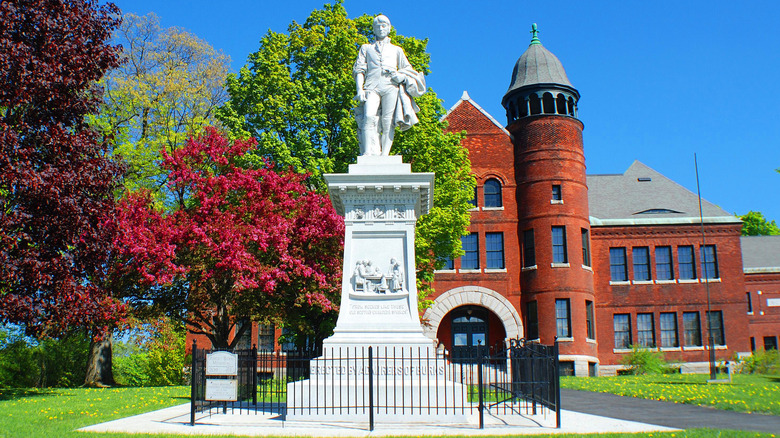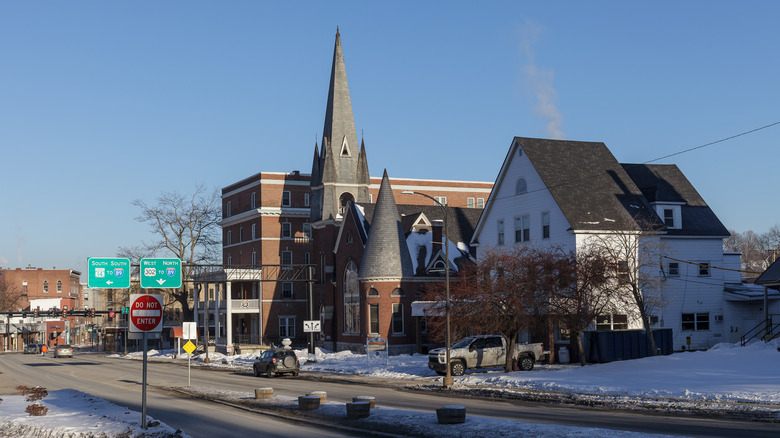Vermont is a patchwork of glorious quirk. It may be the United States’ second-smallest state by population, but it makes up for its size with its giant personality. Right next to the vibrant food and landscapes of Montpelier in central Vermont, the city of Barre combines Old World grit with modern commercial appeal. Known for years among locals by the unflattering nickname “Scary Barre” (which rhymes, thanks to the city’s unusual pronunciation), its hardscrabble reputation has lifted in recent years.
Today, Barre is once again more accurately identified as the “Granite Capital of the World.” This moniker first appeared in the late 1800s, fueled by the 1885 opening of the Rock of Ages Granite Quarry. Though the storied destination closed to the public in January 2025, visitors can still learn about the history of the Italian stonecutters who flocked to Barre around the turn of the 20th century at the Vermont Granite Museum (open May through October) and the Vermont History Center (open Tuesday through Friday and some Saturdays).
Downtown Barre — home to the 74-foot “America’s Largest Zipper,” a granite marvel in its own right — boasts an artsy shopping district that includes Studio Place Arts. The multipurpose space, which is free to visitors, has three floors devoted to studio space, galleries, and classes. For those who prefer the audio to the visual, Exile on Main Street could be the record store where you finally find that rare 45 you’ve been searching for. Music lovers will also be impressed with the circa-1899 Barre Opera House, where famous political figures like Emma Goldman and Eugene Debs once spoke. Today, you’re more likely to see a local production of a musical or opera on the boards.
See how granite built Barre at Hope Cemetery
Barre’s artistic past and present are best experienced at Hope Cemetery, just over a mile outside of downtown. Filling 65 acres of land, the cemetery is somewhat morbidly cited by Tripadvisor as the No. 1 thing to do in Barre. Why is this final resting place of more than 10,000 souls so popular?
Its popularity stems from the stone cutters who streamed into the city to practice their craft. First arriving in the area more than a century ago, these granite workers have always created their own memorials and ones for their loved ones. Early tributes include a copy of Michelangelo’s Pieta and true-to-life busts of babies and adults alike. But in more recent decades, the surviving artisans have focused more on what people loved than on their own images. A giant granite soccer ball enshrines one 13-year-old’s hobby. There are also cars, airplanes, and even one couple depicted as their favorite anthropomorphic M&Ms. The cemetery is a living monument that’s equal parts art and history.




